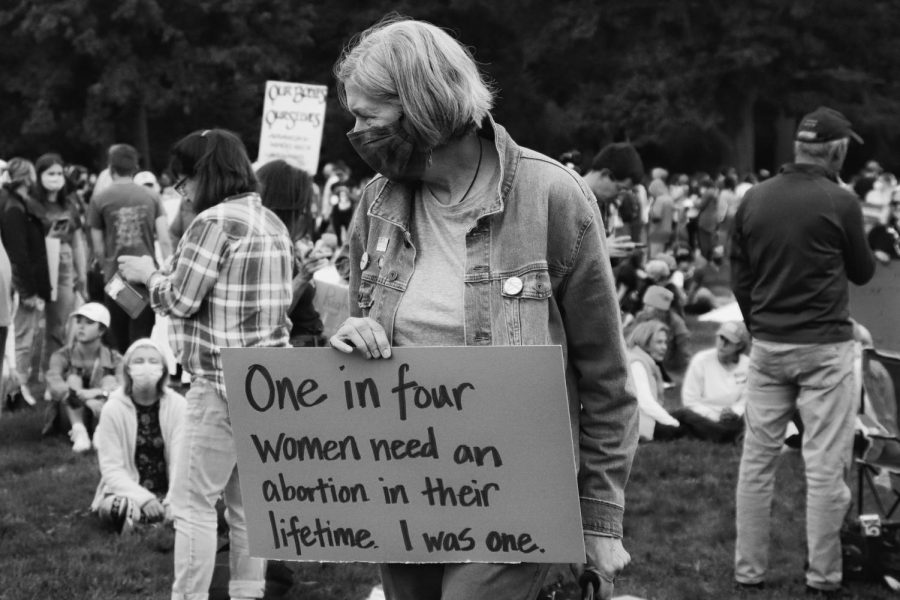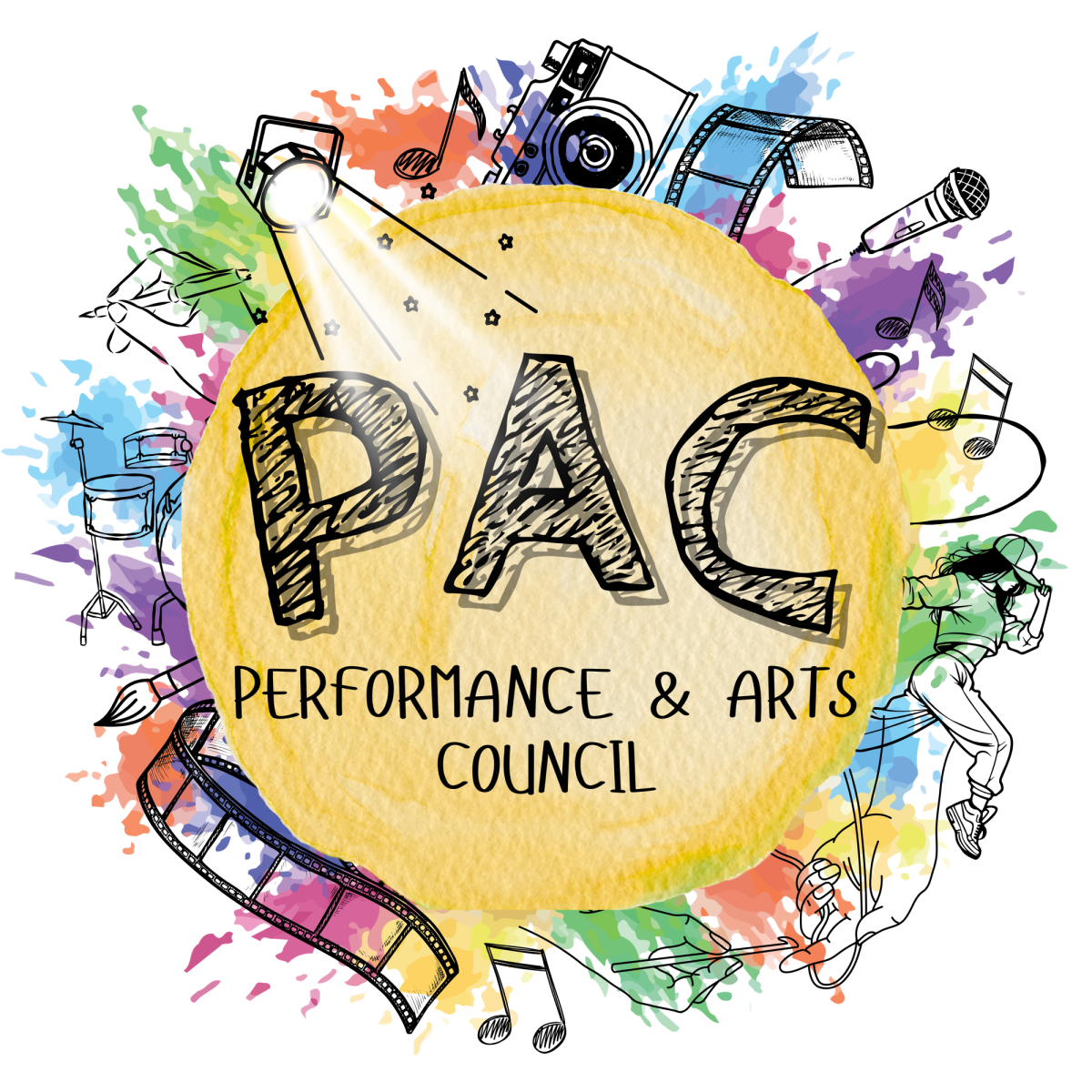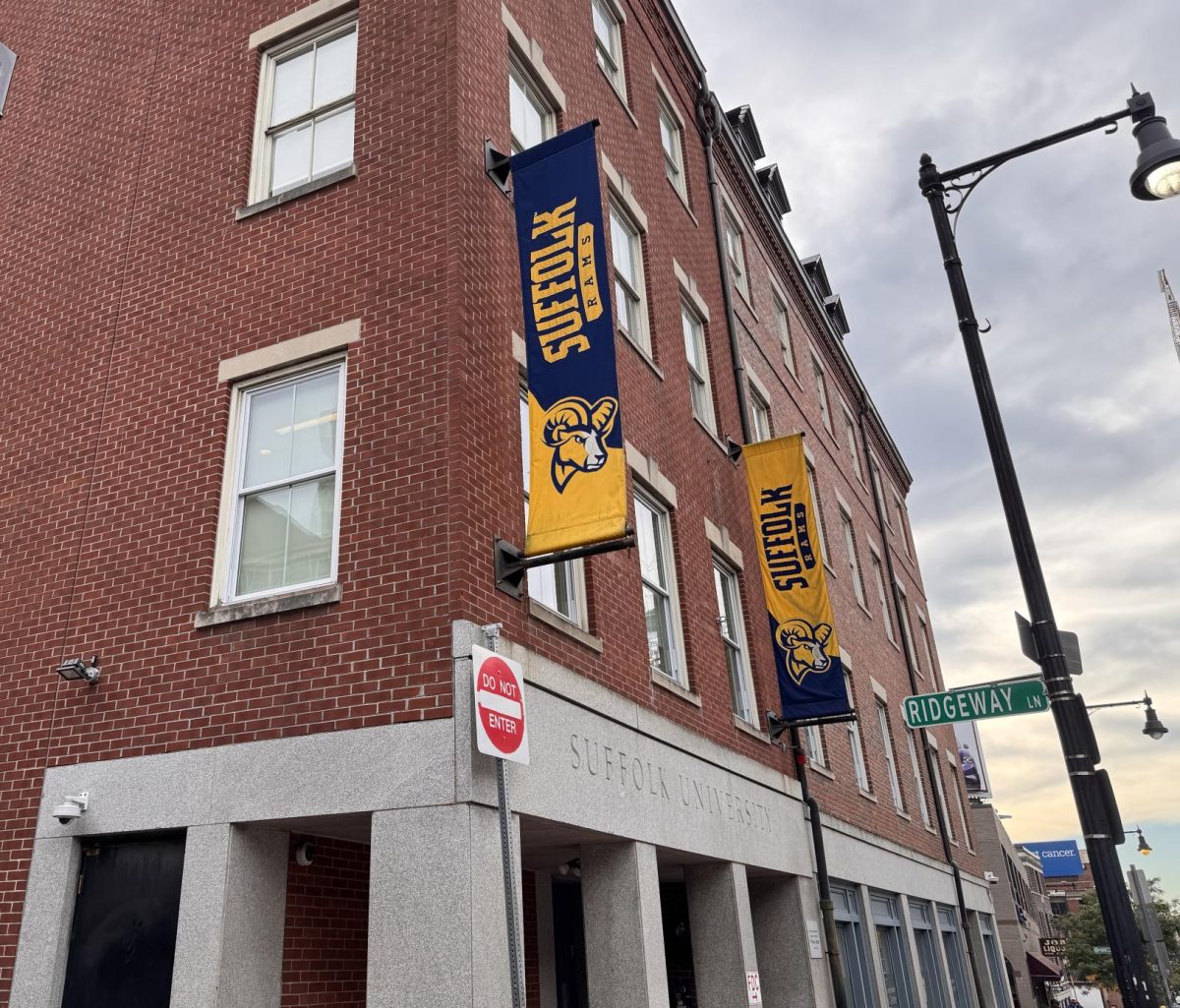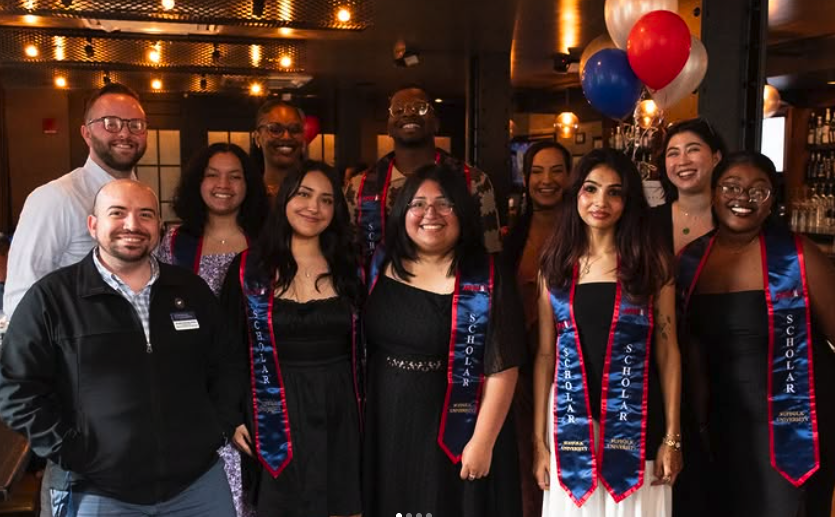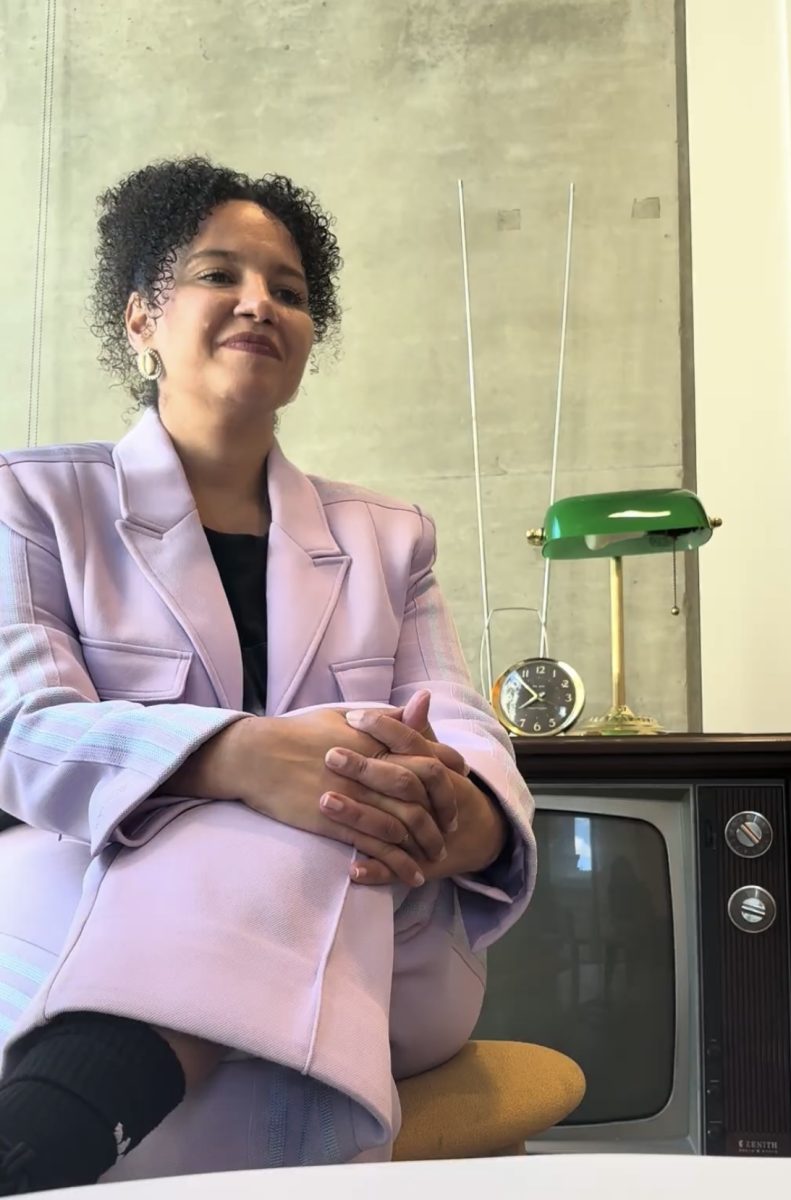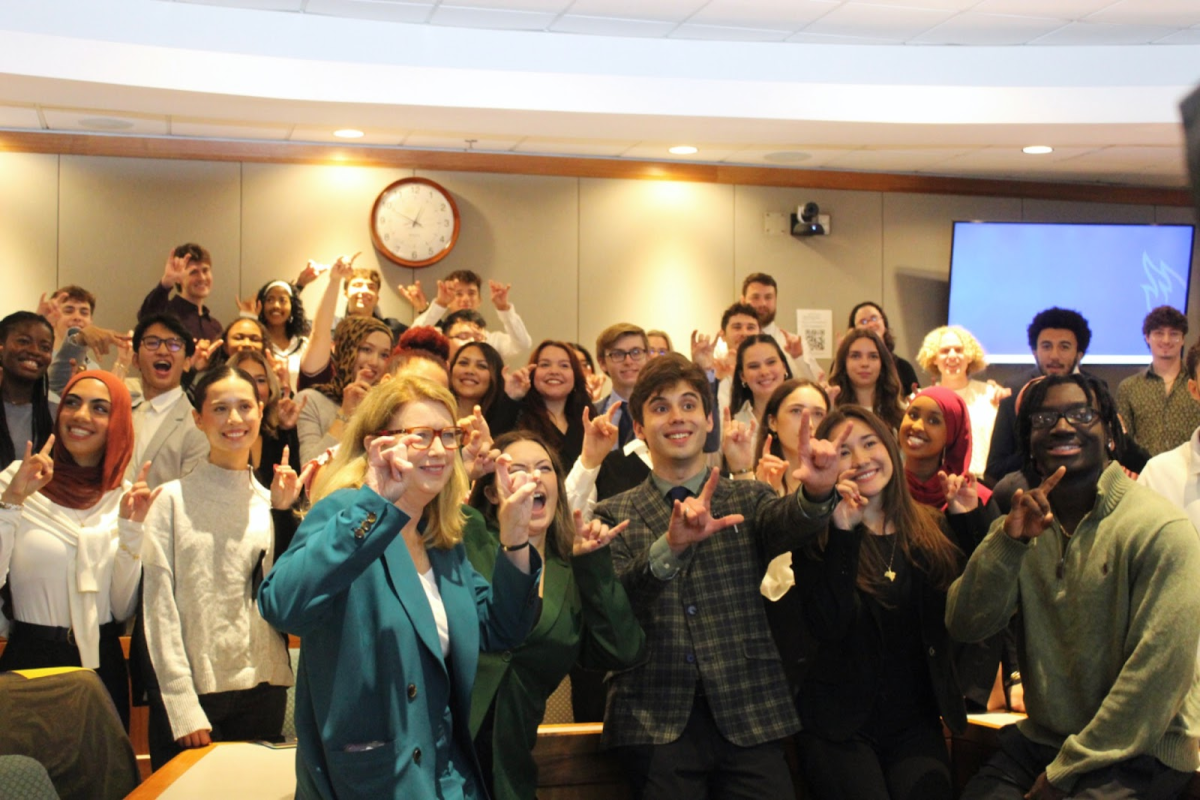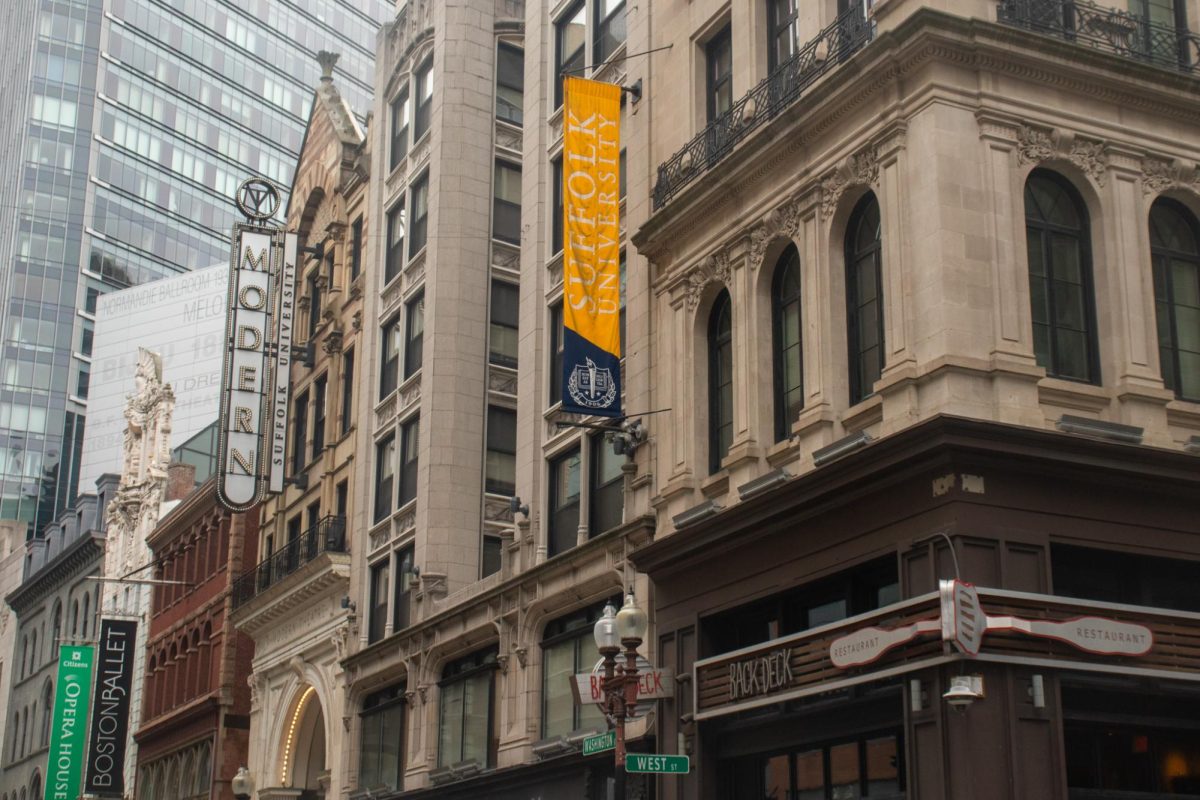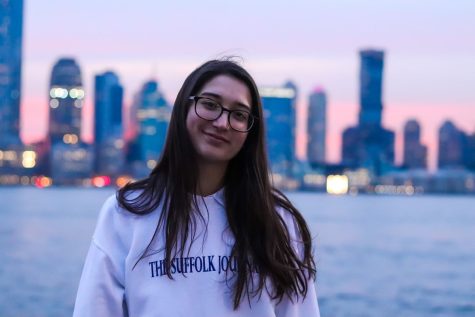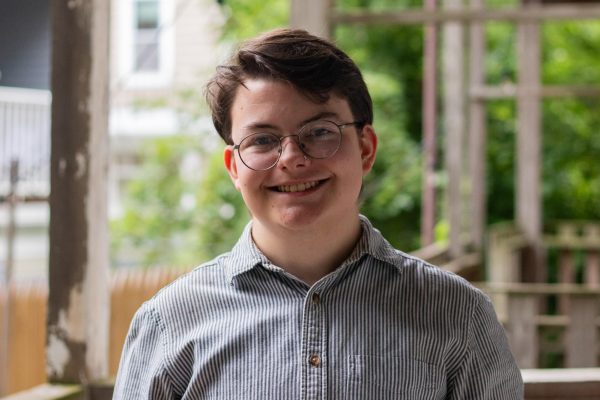The Suffolk University Department of Sociology and Criminal Justice and the Gender Studies program hosted the Bad Old Days Posse on Feb. 18, who spoke about the horrors of life for women seeking birth control and abortions before Roe v. Wade.
The Bad Old Days Posse was formed by Carol Deanow when she realized that young people do not have clear stories of how things were before abortion was legal, said Gwyn Helie, a member of the organization. Deanow’s goal was to bring together a group of same-age women who could share their experiences with younger generations.
Member of the Bad Old Days Posse Pat Yingling opened up the discussion with some history of women’s reproductive rights. She explained the lack of accessibility of reliable birth control in the 1960s, the lack of sex education and the difficulty in finding healthcare professionals to provide an abortion.
In order to get a legal abortion, women at the time needed a board of at least three male psychiatrists to agree that continuing the pregnancy would endanger the woman’s mental health, according to Yingling. She said this rarely happened, and one would need connections in order to make this happen.
“Frightened but determined women pursued other avenues. They took risks, called unknown people, went to other cities or towns often alone raised or borrowed money for abortions that cost anywhere from $200 to $1,000,” Yingling said. “Women who couldn’t afford this or didn’t have the right connections resorted to other and more dangerous means.”
Three other members of The Bad Old Days Posse then spoke about their experiences with abortions. Susan Etscovitz and Sally Benbasset had to find a way to access an abortion before Roe v. Wade, and Martha Nencioli accompanied a friend to an abortion.
Etscovitz became pregnant at 19-years-old and had to come up with $500 to get an abortion. She asked around and eventually found someone who volunteered to provide her with the money. She underwent her procedure with no complications, and expressed during the event how fortunate she was.
“I was very, very lucky. I found out later on that he wasn’t even a doctor. He was a sham, and I’m thankful that I didn’t meet the fate that so many women did in those days,” Etscovitz said.
Benbasset also underwent an abortion in 1969 after getting pregnant and experiencing doubts regarding becoming a parent so young. During her procedure, no anesthetic was used.
“Part of it was the complications of using anesthetic, but part of it was this idea of punishing us, so that you’re never going to be in that situation again,” Benbasset said.
Years later, Benbasset received a legal abortion. She explained how much safer the process was, and what a difference there was between legal and illegal abortions.
“The experience of having a legal abortion was so different in terms of being able to call a place, talk about it, have someone explain what was going to happen to me, have anesthesia, not feel that I was a bad person, has really made such a difference in my life,” Benbasset said.
Nencioli detailed the horror of police arriving after her friend underwent an illegal abortion. She said that the abortionist and police were somehow connected, so after getting the abortion, her friend was taken into police custody.
“[Nencioli’s friend] came down the stairs, and as she was walking down the stairs, all of the sudden, police cars arrived,” Nencioli said. “A policeman took her arm, and said, ‘Come with us. You have to come with us.’ He put her in his police car and drove off.”
Nencioli’s friend was not arrested, but was taken to the police station where she was shamed for having an abortion.
The event displayed to younger generations how far the country has come since the 1960s in terms of reproductive rights, but also how in some states like Texas, the country is reverting back to old ways. Benbasset mentioned how new laws in Texas are reminiscent of the ‘bad old days.’


